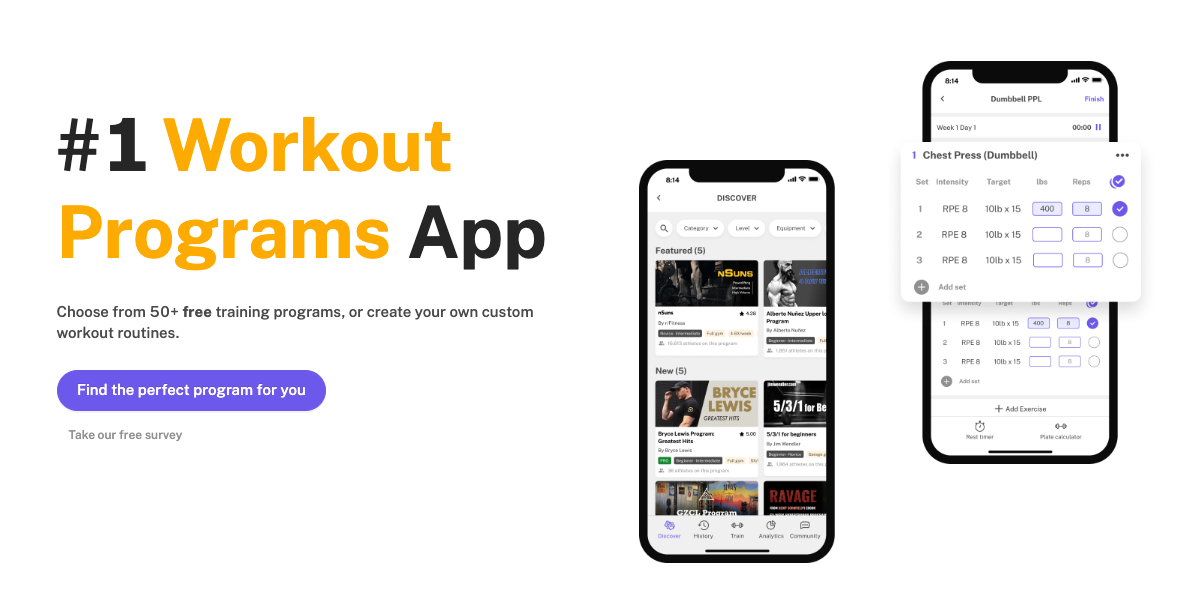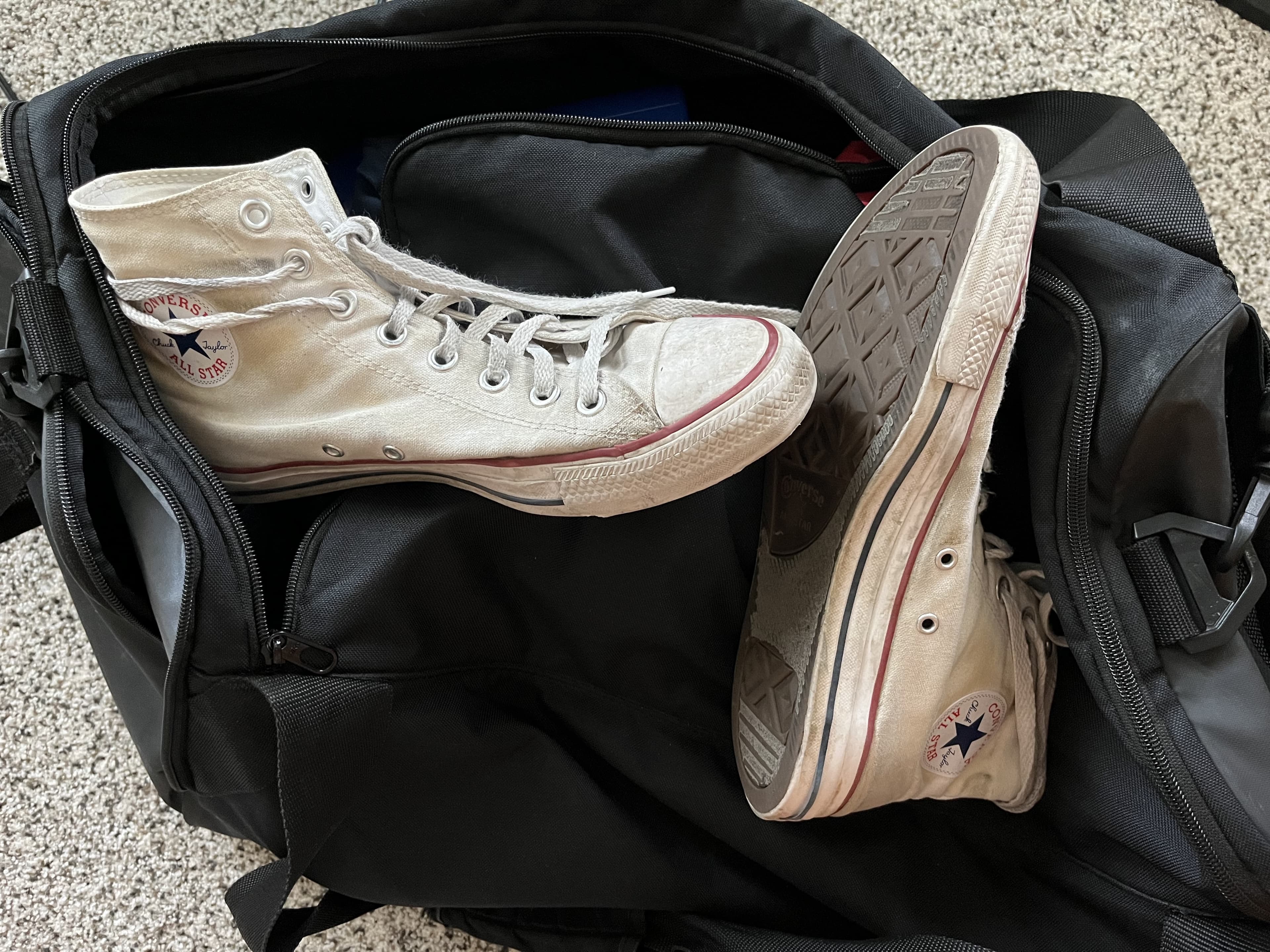Elevate Your Workouts: Benefits of Weightlifting Shoes
Written by The Boostcamp Editors
The Benefits of Weightlifting Shoes
Are you tired of your feet slipping out from under you during squats? Or maybe you're looking for a way to take your weightlifting game to the next level. Ditch the Chucks, and check out the benefits of weightlifting shoes and how they can enhance your performance, and maybe even add them to the arsenal in your gym bag. From their unique structure to their impact on strength training and powerlifting, we'll cover it all, as well as provide tips on choosing the right weightlifting shoes for your needs and debunk common myths surrounding them. Lastly, we'll address the financial aspect of investing in weightlifting shoes and whether or not they're worth it. So, strap in and get ready to feel more stable and powerful during your lifts!
Let's dive in.
Understanding Weightlifting Shoes
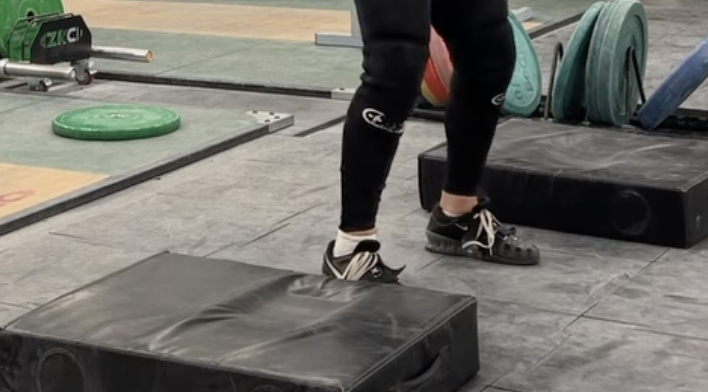
Weightlifting shoes are designed to support proper form and technique during weightlifting exercises. They provide stability and balance, allowing lifters to maintain proper posture and biomechanics while lifting heavy weights. These shoes have a raised heel, which improves ankle flexibility and range of motion, particularly during squats. The elevated heel also promotes an upright torso position, which is important for powerlifting and Olympic lifts. Investing in a pair of weightlifting shoes can greatly enhance your performance and reduce the risk of injury. Whether you're a newer lifter or a seasoned athlete, finding the right type of shoe can make a significant difference. So don't forget to give your calves some love and show off your lifting skills with a pair of amazing squat shoes!
The Basic Structure of Weightlifting Shoes
Weightlifting shoes are designed with specific features to enhance your weightlifting performance. These shoes have a solid, non-compressible sole that provides a stable base for lifting heavy weights. To further support your lifts, weightlifting shoes often have a raised heel, typically ranging from 0.6 inches to 1.25 inches. The heel is made of hard materials like wood, plastic, or compressed EVA to create a firm and stable platform. Additionally, the upper of weightlifting shoes is crafted from durable, supportive materials such as leather or synthetic fabrics. This ensures proper foot and ankle support during lifts. The closure system, whether it's laces or straps, allows for a secure and customizable fit, keeping the shoe in place while you lift. With these foundational elements, weightlifting shoes are essential for maintaining the right position, stability, and support during your weightlifting sessions.
The Unique Features of Weightlifting Shoes
Weightlifting shoes offer unique features that can greatly enhance your weightlifting experience. One of the key features is the raised heel, which helps maintain proper squat depth and ankle flexion, especially for lifters with limited ankle mobility. The solid, non-compressible sole provides a stable base of support that is crucial for heavy compound lifts. Additionally, many weightlifting shoes have a wider toe box, allowing for proper toe splay, stability, and weight distribution during lifts. These shoes also offer enhanced ankle support, reducing the risk of ankle injuries and providing necessary stability during lifts. Made of resilient materials, weightlifting shoes are durable and long-lasting, with cushioned areas for added comfort and protection.
The Role of Weightlifting Shoes in Enhancing Performance
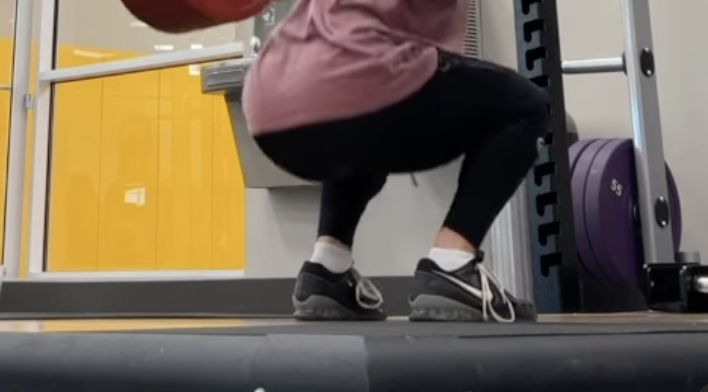
Weightlifting shoes play a crucial role in enhancing performance by improving squat technique. The raised heel promotes proper depth, form, and range of motion, leading to better results. These shoes also help maintain proper posture, reducing the risk of back injuries during heavy lifting. With their elevated heel, weightlifting shoes allow lifters to generate more power and explosiveness, especially during olympic lifts like snatches and jerks. They aid in proper weight distribution, ankle flexion, and core engagement, leading to increased stability, strength, and overall lifting performance. By providing the right support and form, weightlifting shoes help lifters achieve their lifting goals and break through plateaus.
How Weightlifting Shoes Aid in Squats
Weightlifting shoes with raised heels are perfect for squats as they allow lifters to maintain proper depth, form, and range of motion, especially for those with limited ankle flexibility. These shoes promote a more upright torso position, reducing stress on the back and ensuring proper biomechanics during squats. With weightlifting shoes, lifters get a stable base of support that allows them to push through their heels and engage their glutes, quads, and core for balance throughout the squat movement. Additionally, these shoes improve ankle mobility, enabling lifters to achieve proper squat depth, increase power, and lift heavier weights, leading to enhanced strength gains and muscle development. By promoting proper squat form, weightlifting shoes help avoid common errors like ankle collapse, forward lean, or limited range of motion.
Impact on Strength Training and Powerlifting
Weightlifting shoes play a vital role in strength training, powerlifting, and Olympic lifting, realistically you can even use them for bodybuilding when doing squats. They provide stability, support, and proper biomechanics for heavy lifts. The raised heel of these shoes promotes correct squat form, depth, and ankle mobility, resulting in increased muscle activation, strength gains, and power output. By offering proper form and stability, weightlifting shoes allow powerlifters to lift heavier weights, maintain the right posture, and maximize their strength. These shoes also aid in powerlifting movements such as deadlifts, snatches, jerks, and Olympic lifts by providing a stable base, ankle support, and proper weight distribution. Overall, weightlifting shoes are essential for achieving optimal training outcomes.
Choosing the Right Weightlifting Shoes
When it comes to choosing the right weightlifting shoes, several factors come into play. Consideration should be given to heel height, cushioning, ankle support, and shoe weight. The heel height of the shoes is crucial as it determines the proper form, depth, and range of motion during lifts, especially for squatting movements like back squats. Cushioning in the heel and shin areas provides comfort, shock absorption, and protection when lifting heavy weights. Ankle support is essential, particularly for lifters with limited ankle mobility, as it ensures proper stabilization and reduces the risk of injuries. Lastly, the weight of the shoe is a personal preference, with many lifters favoring lightweight options for better mobility and flexibility during lifts. Remember, choosing the right type of shoe is essential to improve your lifting performance and prevent injuries.
Key Factors to Consider
When choosing weightlifting shoes, it's important to consider several key factors. First, take into account your lifting style, training goals, and ankle mobility, as these factors will help determine the right heel height and shoe type for your needs. Next, evaluate the shoe's stability, ankle support, cushioning, and weight to ensure they align with your specific lifting requirements, training frequency, and personal comfort preferences. It's also crucial to consider the durability, construction, and material quality of the shoes, as weightlifting shoes are an investment and need to withstand heavy lifting and long-term use. Additionally, look for shoes that are specifically designed for weightlifting, powerlifting, or Olympic lifting, as they are engineered to provide the necessary features, support, and biomechanics for these activities. Finally, prioritize shoes that are comfortable, properly fit your foot size, and offer adjustable features for optimal customization and performance during lifts.
Best Practices for Selecting Weightlifting Shoes
When choosing weightlifting shoes, it's important to prioritize proper fit, sizing, and comfort. Trying on the shoes before purchasing allows you to assess the right position and ensure they're neither too tight nor too loose. Don't forget to wear the type of socks you would normally wear during training to ensure the best fit and avoid discomfort. Seeking advice from experienced lifters, coaches, or footwear specialists can provide valuable insights and recommendations. Additionally, doing your research on different brands, models, and user feedback will help you make an informed decision based on your lifting needs, budget, and preferences. Lastly, conducting ankle mobility assessments will help determine the best shoe features for your lifting biomechanics and mobility limitations.
Debunking Common Myths about Weightlifting Shoes
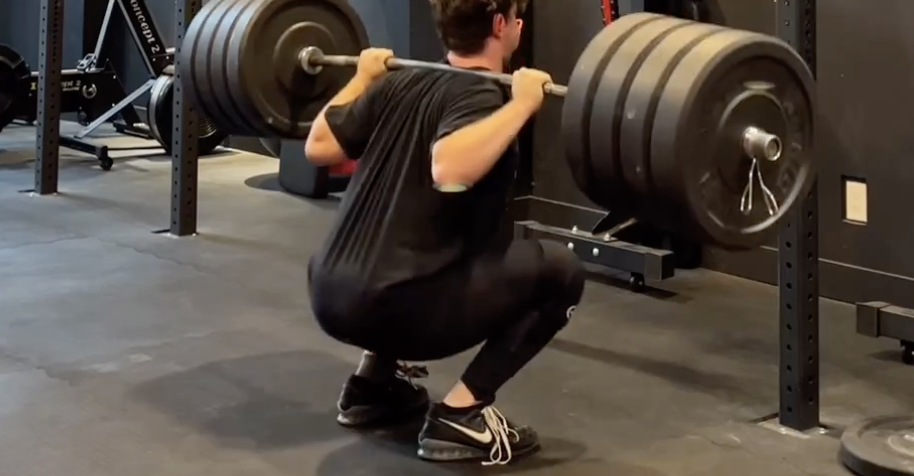
Weightlifting shoes have been surrounded by several myths that need to be addressed. Myth 1 suggests that weightlifting shoes are necessary for every lifter, regardless of their lifting style, experience, or training goals. However, this is not true as many lifters find success using other types of athletic shoes. Myth 2 claims that weightlifting shoes are only beneficial for specific forms of training like olympic lifting or powerlifting. In reality, weightlifting shoes can provide benefits for a wide range of exercises, including cardio and crossfit workouts. Myth 3 states that weightlifting shoes can magically fix flexibility issues, but proper mobility and strength training are essential for addressing these concerns. Myth 4 assumes that all weightlifting shoes are the same, disregarding factors like quality, construction, and fit. It's important to choose the right type of shoe based on individual needs. Lastly, myth 5 asserts that weightlifting shoes are expensive luxury items meant only for professional lifters. However, the long-term benefits, injury prevention, and performance improvements they offer make them worth the investment for lifters of all levels.
Do Weightlifting Shoes Really Help?
Weightlifting shoes are specially designed to enhance lifting performance. With a raised heel, they improve squat depth and ankle mobility. These shoes promote proper form and range of motion, making them essential for olympic lifts, snatches, jerks, and squats. Investing in weightlifting shoes can prevent injuries and enhance strength training.
The Financial Aspect of Weightlifting Shoes
Investing in weightlifting shoes is a wise decision for serious lifters. These shoes are not just a one-time expense; they are an investment in your long-term lifting progress. While they may seem pricey upfront, a good pair of weightlifting shoes can last for a long time, making them cost-effective in the long run. By spending money on quality weightlifting shoes now, you can actually save yourself from potential physical therapy bills later. Moreover, the right pair of shoes can significantly improve your performance, leading to better training blocks and enhanced lifting experience. For serious lifters, the financial commitment to quality weightlifting shoes is definitely worth it.
Are Weightlifting Shoes Worth the Investment?
Weightlifting shoes are a worthy investment for anyone serious about weightlifting. They provide stability, ankle flexibility, and help maintain an upright torso position. These shoes are essential for powerlifters, olympic weightlifters, and crossfit athletes as they enhance posture, core strength, and power output. The cushioning, shin support, and ankle support of weightlifting shoes surpass those of regular sneakers or converse shoes.
Conclusion
In conclusion, weightlifting shoes are not just another accessory for gym enthusiasts. They are specifically designed to optimize your performance and keep you safe during weightlifting exercises. The unique features of these shoes, such as the elevated heel and solid sole, provide stability, support, and proper alignment for your lifts. Contrary to common myths, weightlifting shoes are not just for professional athletes or powerlifters. They can benefit anyone who engages in weightlifting or strength training activities. Investing in a pair of quality weightlifting shoes is a worthwhile investment in your fitness journey. So, if you're serious about improving your performance and protecting yourself from injuries, it's time to consider adding weightlifting shoes to your workout gear, like your belts and knee sleeves.
Let us know what you think! And be sure to follow Boostcamp on Instagram and subscribe on YouTube!
